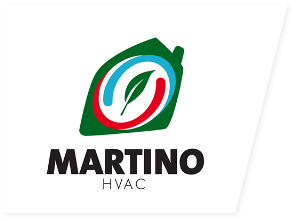Published on: July 21, 2022
The Basics of Pilot Lights in Your Home Heating Appliances
When it comes to home heating appliances, many of us rely on pilot lights to keep our furnaces or water heaters running smoothly. Understanding how pilot lights work and what to do if they go out is essential for the safety and functionality of your heating system. In this article, we will explore the basics of pilot lights in your home heating appliances.
What is a Pilot Light?
A pilot light is a small, continuously burning flame that ignites the main burner of a gas furnace, boiler, or water heater. It serves as a source of ignition for the gas that powers the appliance. Pilot lights are commonly found in older heating systems, though some newer models use electronic ignition systems instead.
Why Are Pilot Lights Important?
Pilot lights are crucial for the proper functioning of gas-powered heating appliances. They ensure that gas is ignited safely and consistently, providing heat when needed. Without a working pilot light, your heating system won’t be able to produce heat, leaving you in the cold.
Signs of a Problem with Your Pilot Light
There are several signs that indicate a problem with your pilot light. These include:
1. The Pilot Light Keeps Going Out: If your pilot light frequently goes out, it could be a sign of a dirty or faulty component that needs attention.
2. Weak or Yellow Pilot Light: A weak or yellow pilot light can indicate an issue with the gas flow or combustion process, which can be a safety hazard.
3. Soot Build-up: Excessive soot around the pilot light area can indicate incomplete combustion, which may result in carbon monoxide production.
What to Do If Your Pilot Light Goes Out
If you notice that your pilot light has gone out, follow these steps to safely relight it:
1. Turn Off the Gas: Locate the gas shut-off valve near the appliance and turn it off to prevent any gas leaks.
2. Wait: Allow the gas to dissipate for several minutes before attempting to relight the pilot light.
3. Relight the Pilot Light: Follow the manufacturer’s instructions to relight the pilot light. Use a long lighter or match to avoid getting too close to the flame.
4. Monitor the Flame: Once the pilot light is lit, observe the flame. It should be a steady blue flame with a small yellow tip. If the flame is weak, yellow, or flickering, contact a professional for assistance.
Martino HVAC: Your Trusted HVAC Service Provider
When it comes to keeping your home heating appliances running smoothly, trust Martino HVAC. They have been serving the Greater Toronto Area since 1987, offering expert HVAC services to ensure the comfort and safety of your home. With over 500 reviews from satisfied customers, Martino HVAC is a reputable choice for all your heating and cooling needs.
In conclusion, understanding the basics of pilot lights in your home heating appliances is essential for maintaining a safe and efficient heating system. If you encounter any issues with your pilot light, don’t hesitate to contact a professional like Martino HVAC for reliable and timely assistance. Stay warm and comfortable all year round with a well-maintained heating system.


